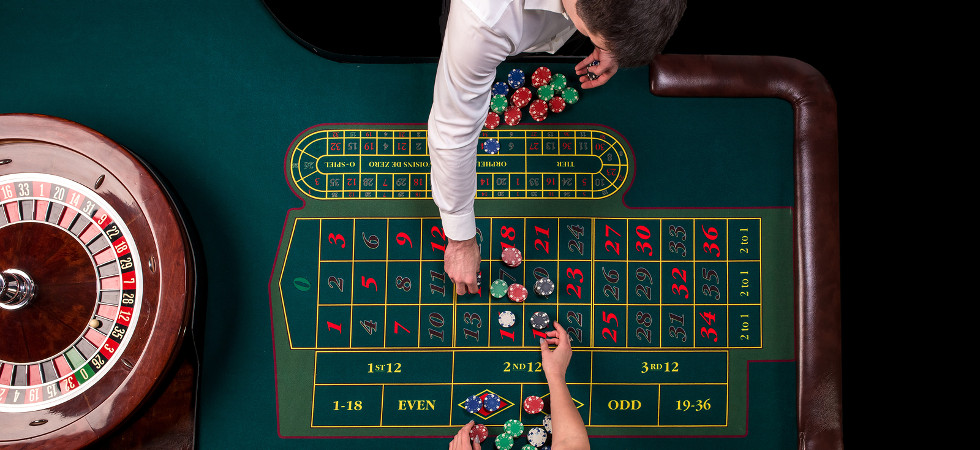
Slot machines has enthralled players for decades, blending luck and entertainment in a exciting manner. From the initial mechanical one-armed bandits to the modern digital machines of today, the development of slot machines shows not only advancements in technology but also evolving social dynamics around gambling. The thrill of turning the reels and the anticipation of a potential win draw millions to gambling establishments around the world, making slot machines a staple of gambling culture.
The attraction of these games goes beyond mere luck; they offer immersive experiences laden with motifs, sounds, and visuals that enhance the overall enjoyment. Whether playing in a crowded casino or from the comfort of home, the excitement of slot gambling remains a common thread connecting players across different backgrounds. This interest continues to grow, sparking discussions around strategy, psychology, and the effect of gambling on society, as enthusiasts seek not only fortune but also a sense of community in their gameplay.
The History of Slot Machines
The fascinating origins of slot machines can be found in the late 19th century when a mechanic from San Francisco created the first true slot machine known as the Liberty Bell in 1895. This machine featured three spinning reels and five symbols, including horseshoes and the well-known Liberty Bell, which set the standard for future designs. Fey’s invention rapidly became popular in saloons and bars, offering patrons a chance to win some cash, making it a favored entertainment option for many.
As the growing popularity of slot machines increased in the early 20th century, they began to evolve. The introduction of electrical components brought about the so-called fruit machine, which included images of fruit symbols such as lemons and cherries, further increasing the appeal of the game. With these advancements, slot machines transitioned from basic mechanical devices to complex devices that offered a variety of gameplay options and bonus features, drawing in a more diverse audience and establishing themselves as staples in casinos.
The mid-20th century marked a significant turning point for slot machines with the emergence of computerized systems. The first fully automatic machine debuted in the 1960s, setting the stage for video slots, which featured digital screens and elaborate graphics. This innovation expanded the potential for innovation in design and gameplay, ultimately leading to the variety of machines available today in casinos around the world. As slot gambling continued to become increasingly popular globally, regulations also adapted, affecting how these machines are made and run in the gaming industry.
The Way Slot Machines Work
Slots operate based on a mix of physical and electronic systems designed to create arbitrary outcomes. At the heart of a classic slot machine are physical reels that rotate when the gambler tugs a lever or presses a button. Contemporary video slots have replaced these physical reels with graphics displayed on a screen, but the underlying principle stays the same: producing random numbers that decide where the symbols land on the reels.
The unpredictability is achieved through a Random Number Generator, or random number generator, which constantly produces numbers even when the device is not being played. When a gambler activates the machine, the RNG halts at a particular number, linking to a set of symbols on the screen. This ensures that each spin is independent of the last, providing fair odds and preserving the thrill of uncertainty that attracts players to slot gaming.
In addition to simple paylines, many modern slot machines feature advanced game features, including bonus rounds, increasing jackpots, and joker or bonus symbols. These features introduce layers of tactics and engagement, enticing players to interact with the device beyond just the basic spinning of reels. This active ecosystem maintains slot gambling fresh and appealing, serving to a variety of tastes and playing styles. demo mahjong ways
The Psychology of Gambling
The allure of slot gambling often lies in its ability to evoke a range of emotions, tapping into the excitement of risk versus reward. Players experience a rush of adrenaline as they pull the lever or hit the button, fueled by a combination of anticipation and wishfulness. This volatility can lead to a heightened state of arousal, making the experience compulsive for many. The near-miss phenomenon, where players come near to hitting a jackpot, triggers a surge of dopamine that strengthens the desire to keep playing, often despite significant financial losses.
Social factors also play a critical role in the psychology of slot gambling. Many casinos create an engaging environment that encourages friendship among players, fostering a sense of community. The shared experience of playing together can enhance enjoyment, leading to longer gaming sessions. Furthermore, promotions and loyalty rewards make the decision to return to the slots feel more justified, as players believe they are part of an elite group, thereby amplifying their dedication to wagering on the machines.
Lastly, the way slot machines are designed influences player engagement at a mental level. Features like bright lights, engaging sounds, and captivating themes create an atmosphere of excitement and distraction. This sensory overload can make it difficult for players to gauge time spent and money lost, encouraging them to continue playing. By understanding these psychological mechanisms, it becomes evident why slot gambling continues to captivate so many people, drawing them into a world that blends the boundary between amusement and obsession.
